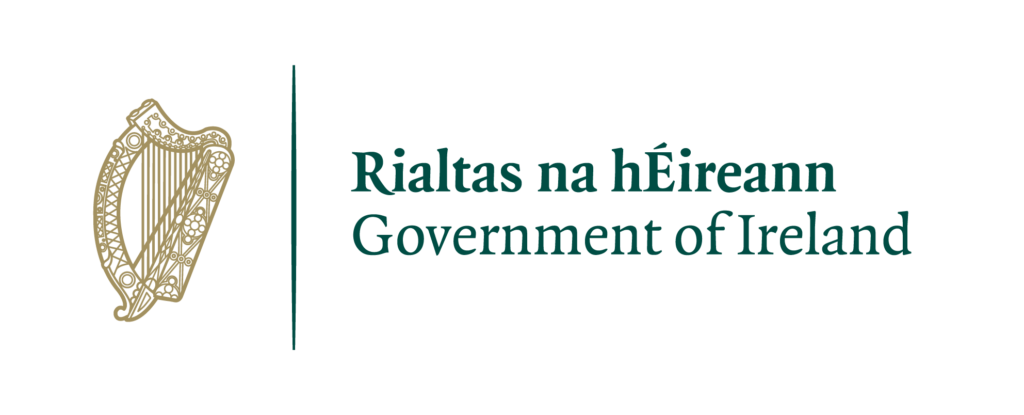Ronán Cosgrove and Martin Oliver, Fisheries Conservation Section, BIM

New BIM research demonstrates potentially high survival of trawl-caught spurdog.
Following positive advice on spurdog (Squalus acanthias) stock status, the fishery reopened and an annual quota of around 1900 tonnes has been allocated to Irish fishers since 2023. Spurdog has traditionally been targeted by gillnet vessels in Ireland with more sporadic catches taken in bottom trawls. Fisheries mainly occur inshore along the west coast.
Under the landing obligation (LO), spurdog less than the maximum conservation reference size (MXCRS) of 100 cm are required to be landed and deducted from quotas. This potentially results in cessation of fishing activities when quotas are exceeded, and the Irish Fishing Industry is keen to assess spurdog survivability towards potential LO exemptions in trawl and gillnet fisheries.
Short-term studies conducted in the US and UK demonstrated reasonably high survival of trawl-caught spurdog but poorer survival in gillnets. Longer-term observations of spurdog survival are needed as a survival rate of at least 50% after a minimum of 15 days observations is generally needed before a plausible case for an exemption can be made.
Fish survival experiments can be costly, technically and logistically challenging to carry out. Assessment of fish condition using detailed criteria around injuries and body movement assists in determining the feasibility of such studies.
Led by Martin Oliver, BIM has assessed the condition of spurdog during five gillnet trips to date, all on board the MFV Barnacle II [see fig.2] from Dingle. Spurdog catches were low with a relatively even split between fish in good and poor condition. More observations on board gillnet vessels with greater catches of spurdog are needed.
We completed twelve trawler trips off the west coast on board the MFV Karen Mary [see fig.3] from Rossaveal which caught greater quantities of spurdog. The condition of these fish was clearly size related with most spurdog over 80 cm in length observed to be in good condition. Smaller fish were in poor condition.
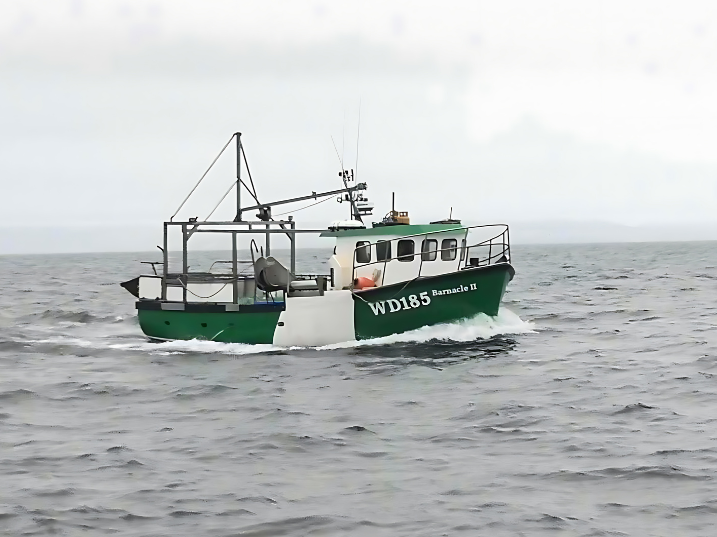
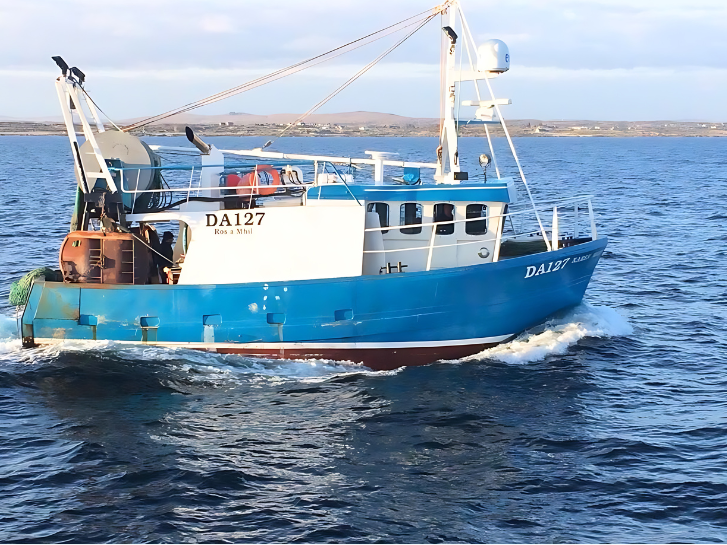
These results justified implementation of a full-scale survival experiment on larger trawl-caught spurdog. The species generally need to swim to breathe, and we identified tagging as the optimal method for assessing survival.
We used survivorship pop-up satellite archival tags (PSATs) which transmit data via satellite systems and do not require tagged-fish recapture [see fig.4]. This follows on from previous BIM research using these tags to assess cod survival and continues our collaboration with the Marine Institute on tagging protocol and authorisation, and Atlantic Technical University Galway on data analysis.
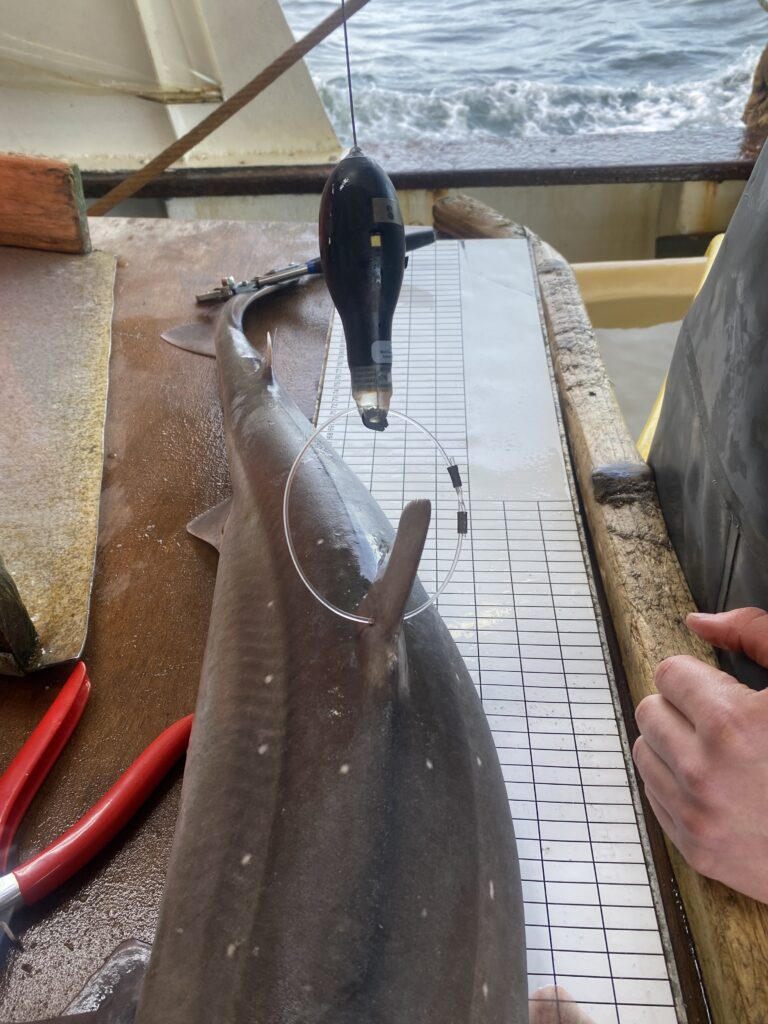
fig.4 – Spurdog tagged with SPAT ready for release
Martin Oliver, BIM and Ross O’Neill, Marine Insitute tagged and released ten spurdog caught under normal fishing conditions. We restricted tagging to spurdog between 80 and 100 cm in line with the size of fish capable of carrying tags, the MXCRS and condition assessments results.
Nine out of ten or 90% of the tagged spurdog survived the full 30-day monitoring period and demonstrated typical vertical behaviour by occupying deeper water during daytime and shallower water at nighttime. [see fig.6]
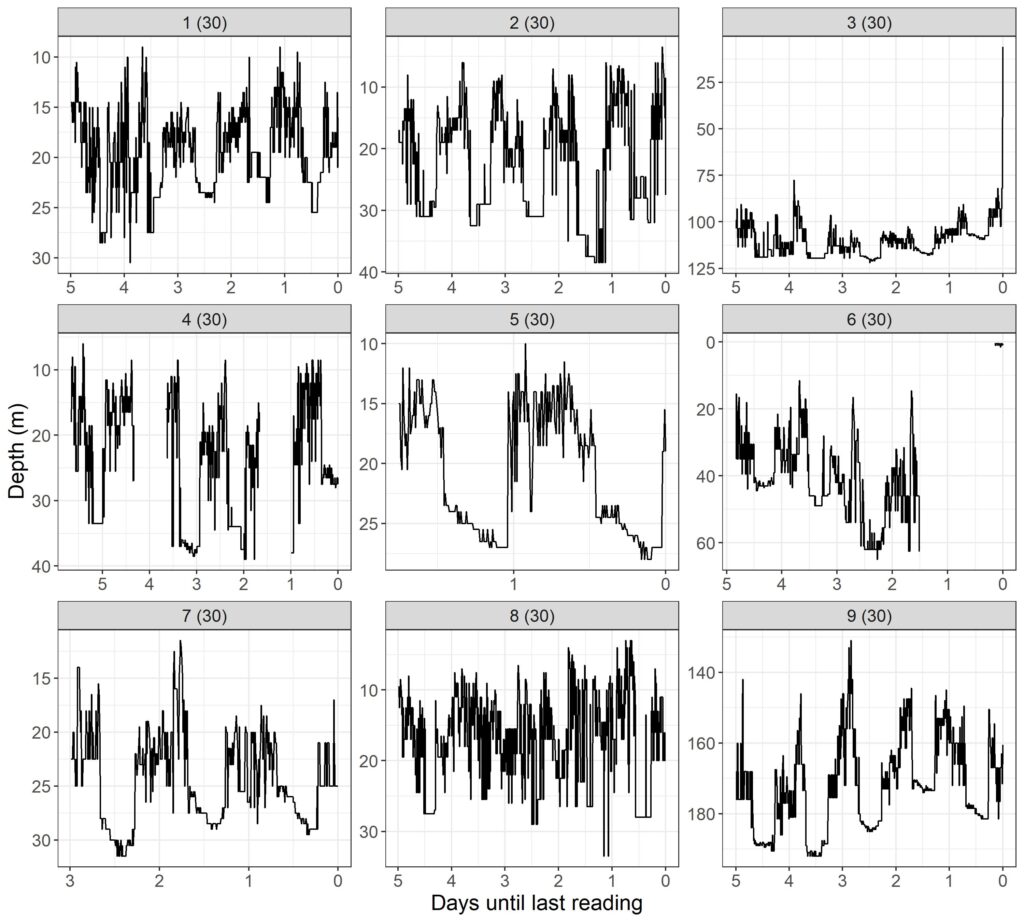
fig.5 -Normal behaviour exhibited by nine spurdog during the final days before tag pop-ups
We plan to do more tagging work on spurdog in poorer condition but results to date demonstrate potentially high survival of larger trawl-caught spurdog. We also plan to do more work in the gillnet fishery. In the meantime, BIM will continue work closely with the Irish Fishing Industry and the Department of Agriculture Food and the Marine on submission of an application for a survival exemption.
BIM and project partners would like to thank skipper and crews of the MFVs Karen Mary and Barnacle II for their assistance. This work is funded by the Irish Government and part-financed by the European Union through the EMFAF Operational Programme 2021 – 2027. A full report is available at: www.bim.ie/publications/fisheries
Published in the Scientific Journal Fisheries Research, this paper outlines the successful application of novel tagging techniques to provide the first ever long-term assessment of spurdog survival following capture in a trawl fishery
